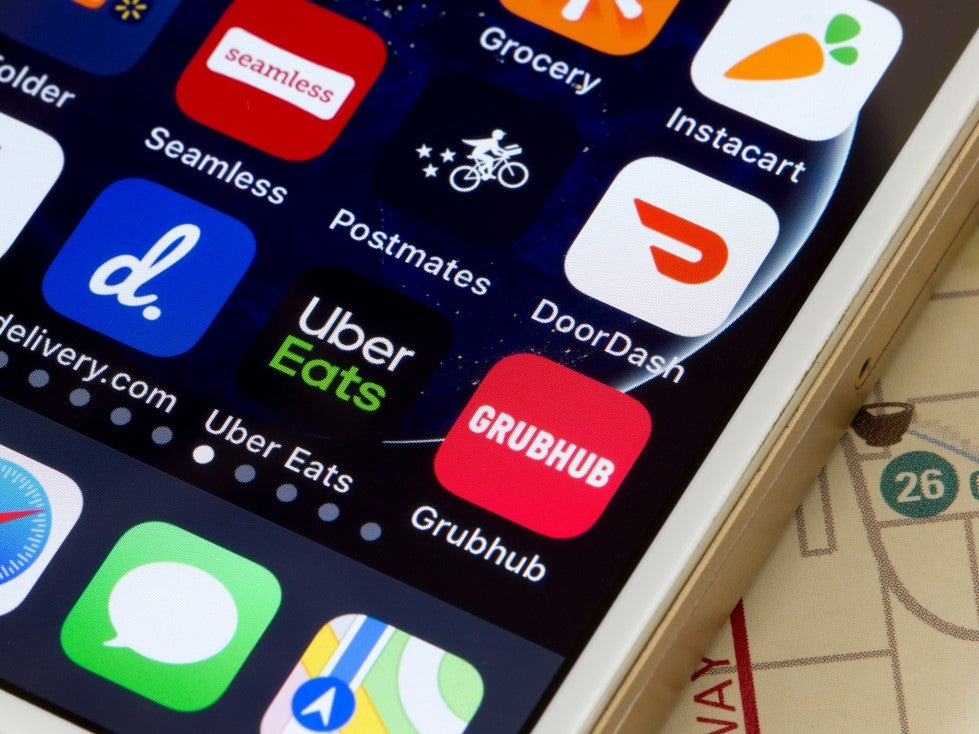Analyzing the Profit Potential of Food Delivery in the Foodservice Industry
With the volume of orders growing at double or even at triple-digit rates during the pandemic last year, delivery companies are yet to be profitable. This has raised doubts about their long-term potential to make profits.
This is set to become more evident as the pandemic seems to be heading towards an end, with people dining out again or having the affordable option of collecting their orders.
The regaining of the customer base control by restaurants amid high commission fees will be the biggest challenge for food delivery apps. As a result, consolidation or revamping of food delivery apps’ business models is inevitable.
Food delivery apps still making losses despite deliveries booming during lockdown
Delivery companies remained focused on revenue growth at the expense of profitability as their valuation is mainly driven by the former. This meant more undercutting of delivery charges for consumers and commissions for restaurants in the effort to dominate every corner and habitualise consumers on their platforms.
Deliveroo’s gross transaction volume was up by 64% to £4.1bn ($5.3bn) in 2020, but its losses only fell from £317m ($404.5m) to £223.7m ($286.8m). Just Eat Takeaway saw its losses increase from €88m ($98.5m) in 2019 to €147m ($167.6m) in 2020, even though its gross transactions increased by 54% to €2.4bn ($2.74bn). Similarly, Uber Eats recorded 130% growth to $10.05bn in bookings during the same period, but its net losses only improved from $1.37bn to $873m.
However, it seems that the strategy of sacrificing profits at present to yield more in the future is not sustainable in the long term.
The cost of convenience for consumers limits growth potential for food delivery apps
According to a study by Which?, comparing the costs of ordering meals from a sample of restaurants both directly and on food delivery sites Deliveroo, UberEats and Just Eat, ordering through a food delivery app appears to be 23% more expensive on average.
A restaurant’s menu itself can be more expensive on food apps, even without adding service and delivery charges, as restaurants aim to recover the hefty commission fees paid to those platforms. Commissions, which cover operating costs like payments to delivery riders and services offered to restaurants, are in the range of 15-35% of the order value.
For big brands like McDonalds, Nandos or KFC, commission fees are in the lower spectrum of that range as bargaining power is on their side. For small restaurants, commission fees of 20% to 30% are unviable. Food delivery apps may have been a lifeline for these restaurants during the pandemic, but with VAT and business rates returning to normal, it would be unsustainable for them to remain on these platforms
Economics are ruthless – consolidation or revamping of business models is inevitable
The parameters of productivity and technology which drive profit margins cannot be further improved; drivers cannot fulfil more deliveries per hour, and there are no technological advancements at present that can offer cost savings. This means that the bottom line of food delivery companies cannot significantly improve to sustain current price markups.
Food delivery companies may rely on the backing of their stakeholders’ coffers for now, but consolidation is imminent as shown with the recent acquisitions of Just Eat (GrubHub) and Uber Eats (Postmates). The only alternative would be the shift of their business models to either platform as a service or delivery infrastructure as a service which could be cost-lighter and more demand-robust, respectively.





